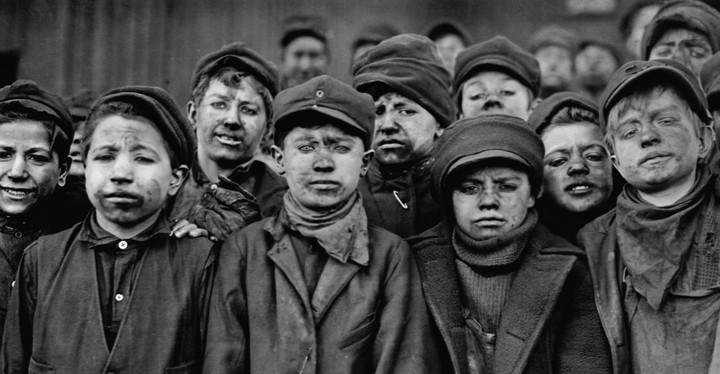Regulating Child Labor: Evidence from the US Progressive Era (2020)
Working Paper
Joint with James Feigenbaum
 Photo by Lewis Hine
Photo by Lewis Hine
Abstract
From 1880 to 1920, child labor in the United States fell dramatically. At the same time, most states passed laws regulating minimum working ages and mandating compulsory schooling laws. Past quantitative work based on census samples have yielded mixed results on the efficacy of these laws and historians have questioned whether the politically powerful employers of children would allow such regulation if child labor was in high demand. Turning to the newly-digitized complete count census data from 1880, 1900, 1910, 1920, and 1930, we find large effects of child labor laws and compulsory schooling laws on child labor. While Progressive era legislation reduced labor supply from boys and girls in equal measure, the laws did had differential effects, binding in urban areas especially in the largest cities and more for the children of foreign-born parents. Children with parents working in manufacturing and textiles were especially affected by the labor restrictions. In contrast to the reduction of labor supply among white children in urban areas, we find that legislation had mixed effects on the odds of children not explicitly targeted by the reformers, in particular rural white and black children.